1. What is an Explosion?
An explosion occurs when flammable substances mix with oxygen and ignite under certain conditions. If the reaction speed exceeds the speed of sound, it results in a destructive explosion wave.
2. What is Explosion Protection?
To prevent explosions, at least one of the three key factors must be controlled:
Flammable substances
Oxygen
Ignition source
Since flammable substances and oxygen are often unavoidable in industrial environments, the ignition source must be controlled.
Electrical equipment is a potential ignition source due to:
✔ Surface heating during operation
✔ Electrostatic discharge
✔ Sparks from electrical currents
Explosion-proof electrical equipment is designed to prevent excessive surface temperatures and electrical sparks, ensuring that it does not become an ignition source.
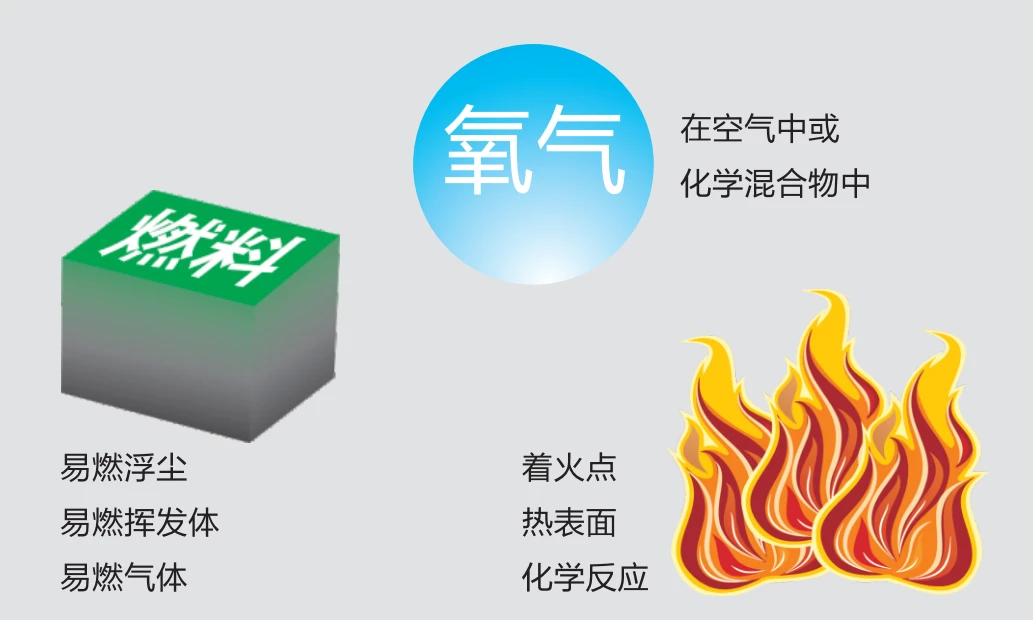
3. Classification of Hazardous Environments
Explosion-proof electrical equipment is classified into two categories:
Category I: Equipment for coal mines
Category II: Equipment for other explosive gas environments
Category II Equipment
Explosion Groups (Based on Safety Gap & Ignition Current)
IIA
IIB (can be used in IIA conditions)
IIC (can be used in IIA & IIB conditions)
Temperature Groups (Based on Maximum Surface Temperature)
T1 (450°C)
T2 (300°C)
T3 (200°C)
T4 (135°C)
T5 (100°C)
T6 (85°C)
More than 90% of explosive gases fall under IIA, IIB groups e T1–T4 temperature classifications.

4. How is Explosion Protection Achieved?
Several methods ensure that electrical equipment is safe for explosive environments, as defined by GB3836, IEC60079, EN50014 standards.
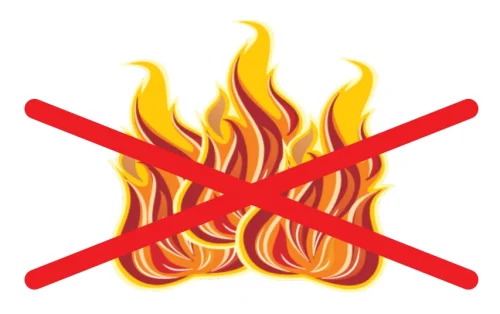
Explosion-Proof (Exd) Design
DCL explosion-proof actuators are manufactured in accordance with:
✔ GB3836.1-2010, GB3836.2-2010
✔ IEC 60079-0, IEC 60079-1, IEC 60079-31
✔ ISO/IEC 80079-36, ISO/IEC 80079-37
Flameproof (Exd) Design Principles

✔ Explosion may occur inside the device, but the enclosure prevents it from igniting the external environment.
✔ Flameproof joints are designed with the correct gap and length to contain internal explosions.
✔ Strong enclosures withstand high internal pressure without breaking.
DCL Explosion-Proof Components
✔ Motor compartment
✔ Electrical component compartment
✔ Wiring compartment
5. DCL Explosion-Proof Actuator Certification
Explosion Protection Level: Exd IIC T4 Gb
✔ Ex – Explosion-proof marking
✔ d – Flameproof type (“Exd”)
✔ II – Non-mining applications
✔ C – Explosion group (higher safety requirements)
✔ T4 – Maximum surface temperature 135°C
✔ Gb – Equipment protection level
Conclusion
Explosion-proof actuators are essential in hazardous environments to prevent ignition of explosive gases. DCL’s Exd IIC T4 Gb-rated actuators ensure safety by:
✔ Containing internal explosions
✔ Preventing sparks & excessive heat
✔ Withstanding high pressure without rupture
These design measures make DCL actuators reliable and safe for industrial applications in explosive atmospheres.

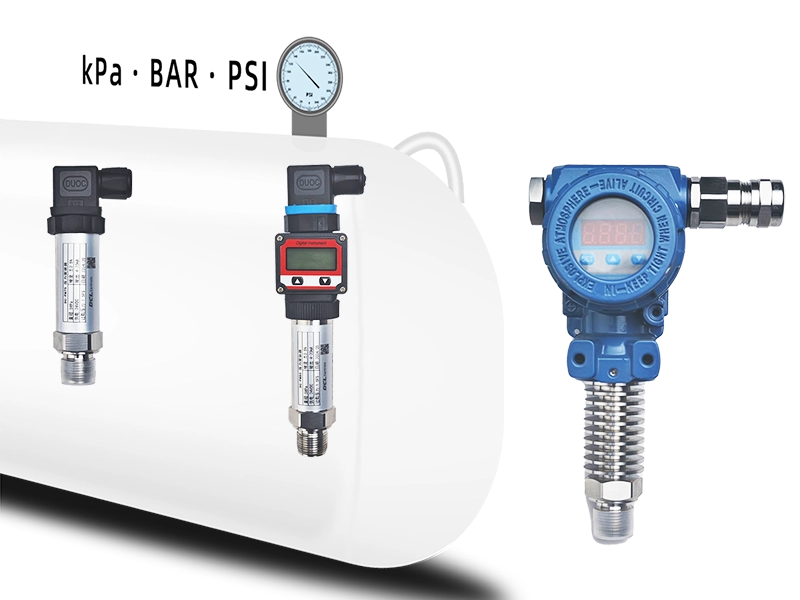
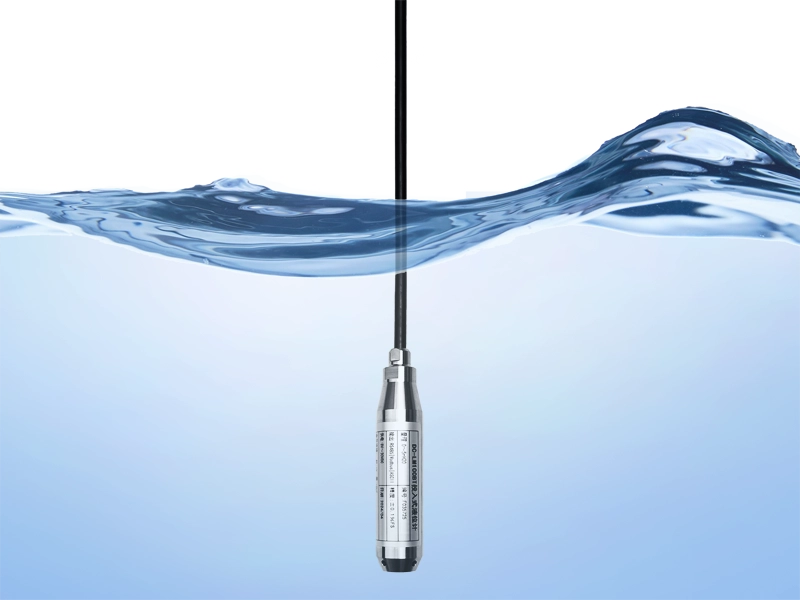





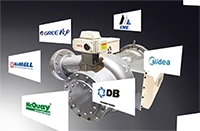


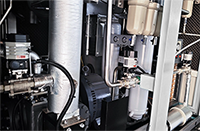



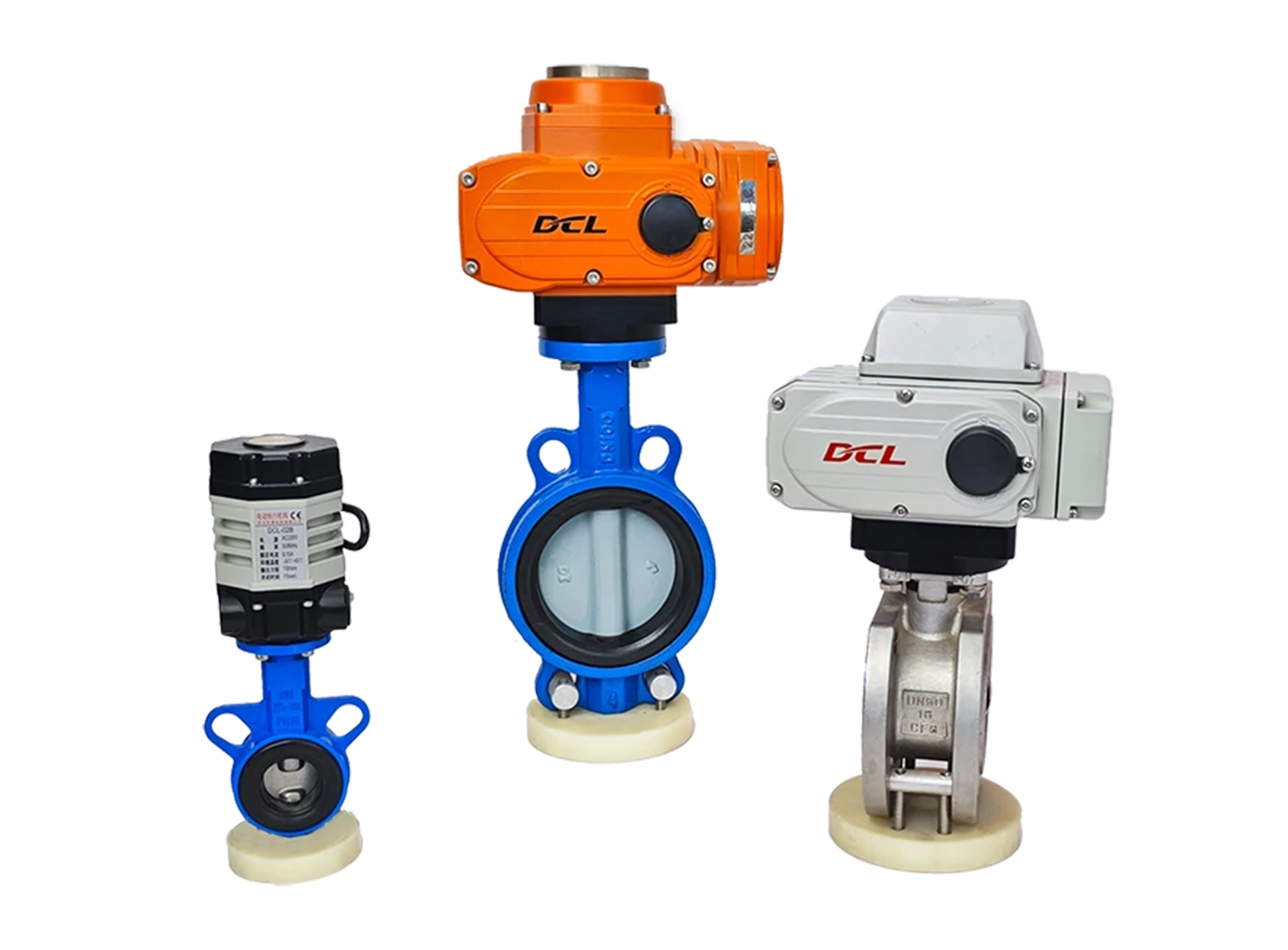












 鄂公网安备 42018502006527号
鄂公网安备 42018502006527号